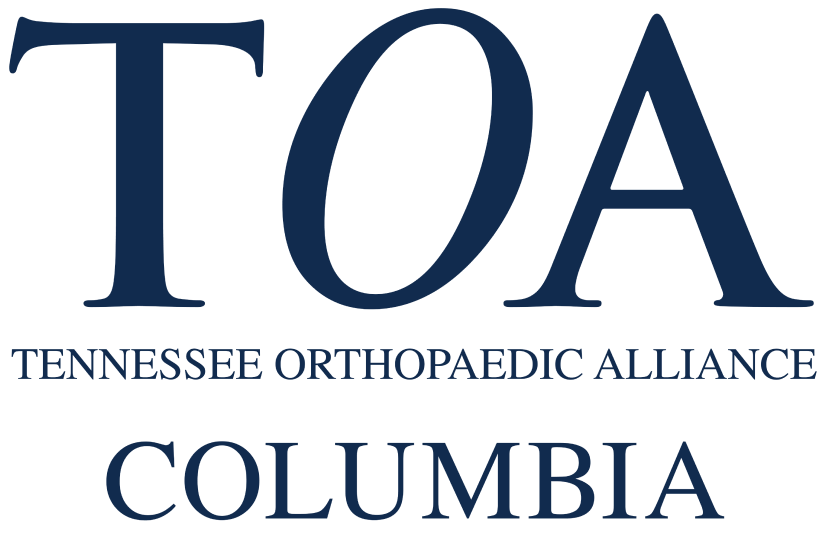
Whether you’re a competitive athlete or a regular Joe, an injury can stop you in your tracks. Some injuries are more pronounced than others, and they heal at different rates. And when a body part that gets a lot of use suffers an injury, you suddenly have to change the way you perform many of your daily tasks.
One part of the body that is used very frequently is the shoulder. You may not think about all the times when you rely on your shoulder’s range of motion to get you through an activity, but it can impact every part of the day. From raising your arms up to get dressed in the morning, to picking up groceries after work, to using a push mower on the lawn, your shoulders are pretty important to getting the job done.
First, let’s discuss the anatomy of the shoulder. There are bones, tendons, muscles, and ligaments. The three main bones are the upper arm bone, shoulder blade, and collarbone. Ligaments connect bone to bone, and muscles and tendons attach to the bones to help the shoulder move in many different directions, making it the most mobile joint in the body! However, with that mobility and flexibility come many opportunities to cause injury to the joint.
Some injuries heal with no adverse effects. Sometimes the injuries heal but you’re left with limited mobility and a new popping or grinding feeling in your shoulder. And sometimes your shoulder can feel like the injury just never healed.
Occasionally this nagging pain can develop into arthritis, having occurred after a fracture or dislocation. Arthritis affects over 50 million Americans, according to the National Institute of Health. Knee and hip arthritis are more common, but shoulder arthritis is being recognized more frequently.
The most common cause is primary osteoarthritis of the shoulder. Secondary causes of arthritis include inflammatory arthritis such as rheumatoid arthritis, post-traumatic arthritis after fractures and dislocations, avascular necrosis where the bone in the humeral head dies, and after chronic rotator cuff tears.
The symptoms associated with arthritis are pain in the front or back of the shoulder, especially at night time, loss of motion, and mechanical popping and grinding. Strength is usually maintained unless there is a rotator cuff tear. Reaching behind the back is one of the first motions to be lost, and then eventually the entire shoulder suffers stiffness.
When faced with a patient who has symptoms of arthritis, a physician will usually order x-rays to get a closer look at the area. For this diagnosis, the findings are usually joint space narrowing (due to lack of cartilage, causing the bones to rub against each other) and spur formation (small bone deposits). With x-rays, you cannot see soft tissue such as muscles, tendons, and ligaments. For those views, a patient will typically have an MRI or CT scan to see if there is any soft tissue damage.
You have a few choices when it comes to managing arthritis pain. According to the Arthritis Foundation, exercise and weight loss are two ways to reduce lower extremity pain without the use of drugs. Braces, sleeves, or other assistive devices are also beneficial in reducing pain and joint stiffness in other parts of the body.
If you choose to take medication, your doctor may suggest over the counter acetaminophen such as Tylenol, or nonsteroidal anti-inflammatory drugs (NSAIDs) such as aspirin and ibuprofen. Every medicine has benefits and risks, so your doctor will determine which is best for you.
Other treatment options for the arthritic shoulder include ice, heat, stretching, injections, arthroscopy, and finally, total shoulder replacement. Cortisone injections can be performed every three to four months. Arthroscopy is only used in early arthritis if there is stiffness or mechanical popping.
A total shoulder replacement is the gold standard of treatment, with a success rate of greater than 90 percent. The procedure replaces the head of the humerus (upper arm bone) with a prosthesis and resurfaces the socket. There is a one night hospital stay and physical therapy is started the next morning. Outpatient physical therapy is performed for two to three months, and a sling is used for the first four weeks.
Safe activities after total shoulder replacement typically include light weight lifting, golf, tennis, and swimming. Sports that are high risk for falls and throwing sports are usually avoided. Your doctor will discuss with you which activities are best and when they can be attempted safely.
The high rate of success and low complication rate make total shoulder replacement a desirable procedure to alleviate pain that fails conservative care.
Read more about how we treat shoulders!

